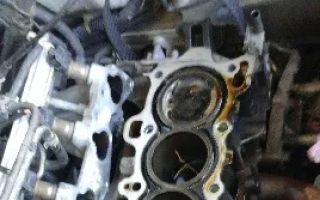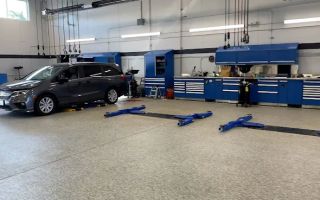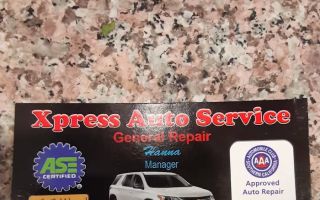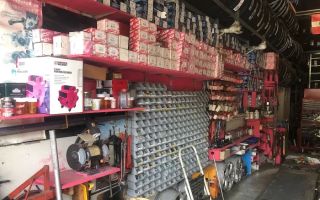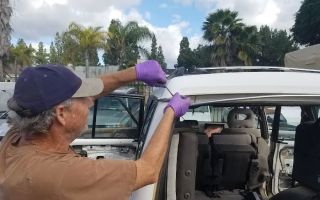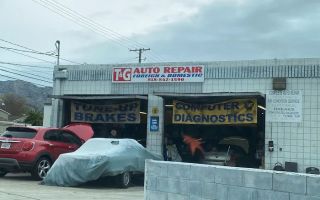Does Jumpstarting a Battery Work on Trucks?
- 1. Understanding the Need for Jumpstarting a Truck Battery
- 2. How to Jumpstart a Truck Battery
- 3. Limitations of Jumpstarting a Truck Battery
- 4. Real-Life Experience: When Jumpstarting Didn’t Work
- 5. When to Call for Professional Help
- 6. Learn More About Rescue & Towing Services
1. Understanding the Need for Jumpstarting a Truck Battery
As a truck owner, I’ve found myself in a situation where the engine simply wouldn’t start—leading me to wonder whether jumpstarting the battery would work. This is a common scenario, especially during the colder months or after leaving the lights on overnight. The idea of using jumper cables to give your truck’s battery a boost sounds simple enough, but is it always effective? The answer depends on a few factors.
Jumpstarting a battery is often the first solution people think of when dealing with a dead battery, especially when stranded on the side of the road. While it works on many vehicles, there are certain conditions where jumpstarting a truck’s battery may not be the best solution. In this article, I’ll explore when and how jumpstarting works for trucks, and the situations where you may need to seek professional towing or assistance.
2. How to Jumpstart a Truck Battery
If you’ve found yourself in a situation where jumpstarting your truck’s battery is a viable option, it’s important to follow the correct steps to do it safely. Here's the process I’ve used to successfully jumpstart a truck battery:
- Ensure Safety First: Before you begin, make sure both vehicles are in park, and that the engine of the car providing the jump is off. It’s important to wear protective gloves and safety glasses to prevent any harm in case sparks fly.
- Attach the Jumper Cables: Start by attaching one red (positive) cable clamp to the positive terminal of the dead battery, then attach the other end to the positive terminal of the working battery. Next, connect the black (negative) cable to the negative terminal of the working battery, and the other end to an unpainted metal part of the truck’s engine block (not the negative terminal of the dead battery). This reduces the risk of sparks igniting gases near the battery.
- Start the Working Vehicle: After securing the cables, start the working vehicle and let it run for a few minutes to charge the dead battery. Once the vehicle with the dead battery has been given some time to charge, try starting the truck.
- Remove the Cables Safely: Once the truck starts, carefully remove the jumper cables in reverse order, starting with the negative terminal on the truck and then removing the positive connections. Be sure not to let the clamps touch any metal surfaces while removing them.
If done correctly, the truck should start without any issues. However, there are certain circumstances where even following these steps might not work, especially in the case of a deeply discharged or faulty battery.
3. Limitations of Jumpstarting a Truck Battery
Jumpstarting a battery might not always be the best solution, and there are several reasons why you may still find yourself stuck after attempting to jumpstart your truck. In my experience, I’ve learned that jumpstarting is effective when the battery is simply low on charge, but there are limitations to this method:
- Severely Discharged Batteries: If the truck’s battery is severely discharged, jumpstarting may not provide enough of a charge to get the truck running. Even after following the correct procedure, the battery may simply be too far gone to hold a charge, requiring a replacement.
- Faulty Alternator: The alternator is responsible for charging the battery while the engine is running. If the alternator is damaged or malfunctioning, the battery won’t charge properly, and jumpstarting may not work long-term.
- Corroded Battery Terminals: Sometimes the issue isn’t with the battery itself, but rather with corroded terminals or loose connections. Even a healthy battery may fail to start the truck if the terminals are dirty or corroded. In such cases, cleaning the terminals could solve the problem instead of jumpstarting.
While jumpstarting can be a quick fix, if the battery or alternator is beyond repair, you'll need to take further steps to ensure your truck is functioning properly.
4. Real-Life Experience: When Jumpstarting Didn’t Work
One time, I had an experience where jumpstarting simply didn’t work. I was driving my truck back from a camping trip when I noticed the engine was struggling to start. I pulled over, and after checking, I realized the battery had run low from a series of cold mornings. I attempted to jumpstart it with my neighbor’s vehicle, but after a few minutes, it still wouldn’t start.
It turns out the battery was so worn out that it couldn’t hold a charge, and the alternator was showing signs of failure. The jumpstart wasn’t effective, and I had to call for professional roadside assistance. This experience taught me the importance of not relying on jumpstarting in certain situations and seeking help as soon as possible if things aren’t working.
In such cases, it’s important to call a towing service that can provide more specialized care, like towing your truck to a mechanic who can assess the condition of your battery or alternator.
5. When to Call for Professional Help
If jumpstarting doesn’t work or if you suspect the issue is more serious than a dead battery, it’s time to call in professionals. Here are a few reasons why you should call a towing or roadside assistance service:
- Battery Replacement: If jumpstarting doesn’t work and the battery is no longer holding a charge, a professional can help replace it with a new one and ensure that everything is installed properly.
- Alternator Issues: If the alternator is malfunctioning and the truck won’t stay charged, a mechanic can assess the situation and replace the faulty alternator to avoid further electrical problems.
- Emergency Roadside Assistance: In cases where you’re stuck in a remote location and unable to safely address the issue, calling for towing or roadside assistance can ensure that help arrives quickly.
In my experience, calling for professional help can save a lot of time and prevent the hassle of diagnosing and repairing complex car issues on your own. With the right towing service, you can ensure your truck is properly handled and repaired quickly.
6. Learn More About Rescue & Towing Services
If you’re dealing with a truck battery issue or need immediate roadside assistance, Rescue & Towing offers fast, reliable services. Whether you need a jumpstart, battery replacement, or full towing service, our team is available 24/7 to get you back on the road. Click here to learn more and schedule your service today!


